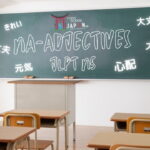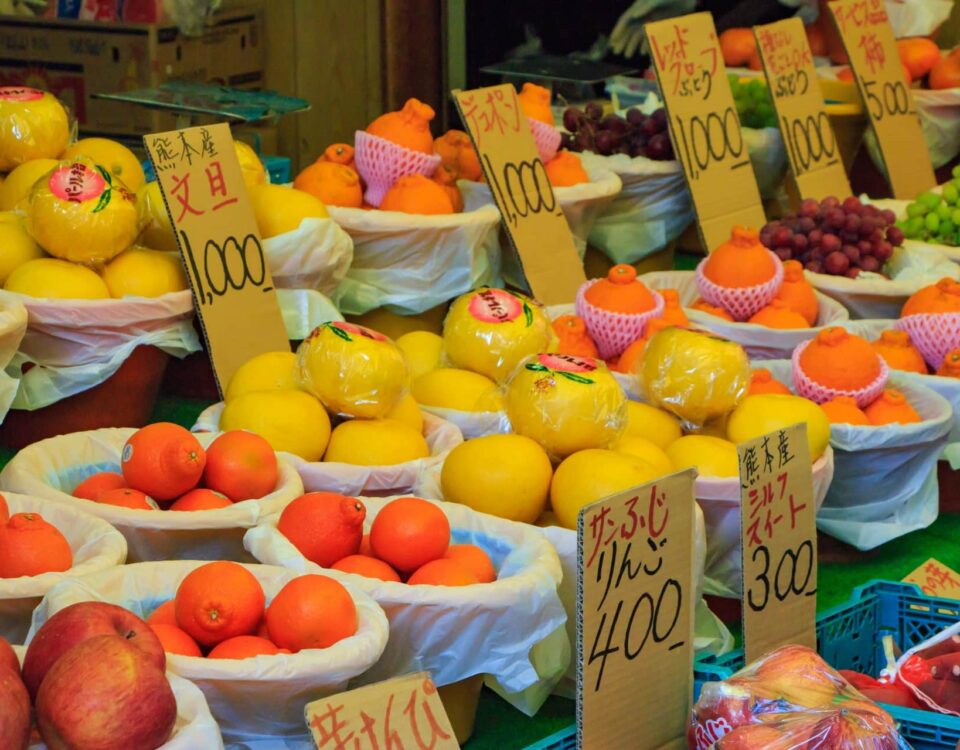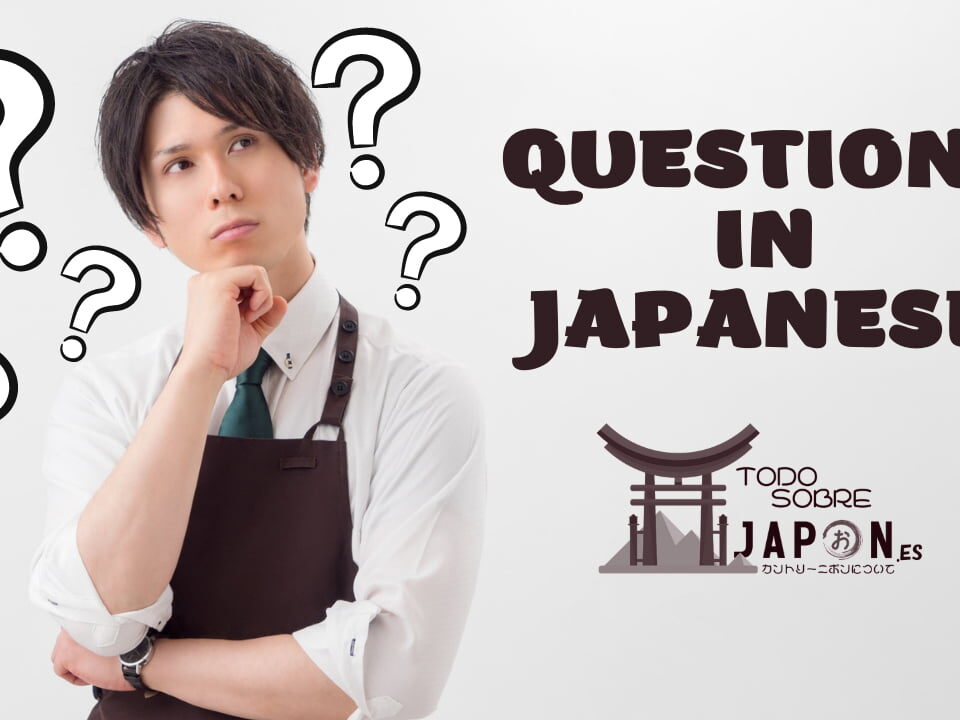Difference between maru and tenten:
What is tenten in Japanese hiragana | What is Dakuten in Japanese | Dakuten
Dakuten (濁点), also called tenten “ten-ten (literally “dot dot dot”)”. is a diacritical mark used in the Japanese kana syllabary to indicate that the consonant of a syllable is pronounced sonorously.
| w | r | y | m | h | n | t | s | k | |||
| ん | わ | ら | や | ま | は | な | た | さ | か | あ | a |
| っ | ゐ | り | み | ひ | に | ち | し | き | い | i | |
| ゛ | る | ゆ | む | ふ | ぬ | つ | す | き | う | u | |
| ニ | ゑ | れ | め | へ | ね | て | せ | け | え | e | |
| ヶ | を | ろ | よ | も | ほ | の | と | そ | こ | お | o |
What is maru in Japanese hiragana | What is handakuten in Japanese | Difference between maru and tenten
Handakuten (半濁点), also called maru (literally “circle”), is a diacritical mark used in characters of the Japanese kana syllabary that, in the Romanization system in the Hepburn mode, are transliterated beginning with h. It modifies the phonetics of the character by pronouncing it as [p].
How to tell the difference between dakuten and handakuten | How to tell the difference between maru and tenten | Difference between maru and tenten | Dakuten
Let’s see the difference: The dakuten looks like quotation marks at the top, while the handakuten is a small circle at the top, both are positioned to the right of a kana character, example:
□゛ dakuten (graphic example が)
□゜ handakuten (graphic example ぴ)
As you will see, the symbols are identical in the hiragana and katakana scripts.
*Remember that in the tenten (dakuten) the symbol is (゛) not to be confused with the quotation marks (“), so you can see the difference between them.
One curiosity you should know is that due to the similarity between dakuten (゛) and quotation marks (“), in written Japanese language square quotation marks (「」) are often used instead, but sometimes in some dialogues such as in comic balloons dakuten is used as quotation marks.
What is seion in Japanese | What is dakuon in Japanese | Pure and impure sounds in Japanese | Difference between maru and tenten
The following table I am going to show you summarizes the phonetic changes caused by dakuten (tenten) and handakuten (maru) . Literally, syllables with dakuten are “muddy sounds” (濁音 dakuon) and those without are “clear sounds” (清音 seion), but handakuten (literally “semi-muddy mark”) does not follow this pattern.
| sin | dakuten | handakuten |
|---|---|---|
| か ka | が ga | |
| さ sa | ざ za | |
| た ta | だ da | |
| は ha | ば ba | ぱ pa |
Iteration marks of kana | Difference between maru and tenten | Tenten
The dakuten can also be added to the hiragana and katakana iteration marks, to denote that the previous kana is repeated sonorously.
Meet Tenten is the easiest thing to do:
| sin | dakuten | |
|---|---|---|
| hiragana | ゝ | ゞ |
| katakana | ヽ | ヾ |
Both signs are somewhat rare, but are sometimes found in personal names, such as Misuzu (みすゞ), Suzuho (すゞほ) or Suzuka (すゞか). In these cases the pronunciation is identical to if it were written in full in kana.
YOU MAY BE INTERESTED IN:

Join our Japanese telegram group
Exercises Maru and tenten Japanese | Exercises dakuten and handakuten for practicing Japanese | Difference between maru and tenten
Let’s go with the Dakuten and Handakuten exercise:

The easiest to memorize is the dakuten and handakuten in the hiragana syllabary.






